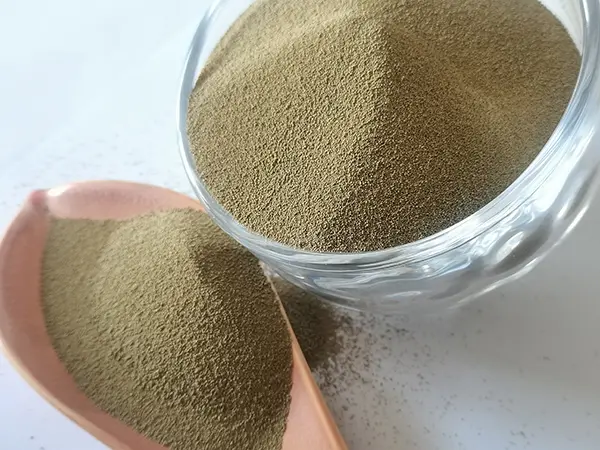

Ensuring a dust-free environment during the mixing and curing stages is critical for achieving professional-quality results. Contaminants in the mix can form bubbles or cause the cured resin to crack, which would detract from the piece’s appearance and performance. Trust in Reliable Techniques For trustworthy outcomes, practitioners emphasize the 'layering' method when applying sand in resin, especially in applications like countertops. By building up thin layers, each layer can be cured adequately before the next is applied, ensuring the stability and durability of the product. This technique also allows for greater control over the texture and visual depth of the finish. Additionally, employing a vacuum degassing chamber is recommended to eliminate air bubbles from the resin-sand mixture. This step is crucial in achieving a smooth, bubble-free surface that reflects professional craftsmanship. Diverse Applications and Market Appeal Sand in resin composites are a testament to versatility, proving their worth in a variety of settings. In residential and commercial settings, resin-sand floors and countertops offer luxurious, custom looks with the promise of longevity and ease of maintenance. Artists use this mixture to create breathtaking sculptures and jewelry, capitalizing on the interplay of textures and colors. Furthermore, in industrial applications, sand-resin composites find use in the production of durable, weather-resistant panels and blocks, showcasing the material's adaptability and strength. Advancements in resin technology and increased accessibility to high-quality materials have enabled even hobbyists to experiment with sand in resin. This innovation invites an ever-growing community of creators to push the boundaries of what's possible, fostering a market that thrives on uniqueness and personal expression. By embracing the characteristics of sand in resin, builders, artists, and DIY enthusiasts can craft works that not only fulfill functional roles but also captivate through their uniqueness and charm. Post time:2월 . 11, 2025 11:12
Next:sand for resin
